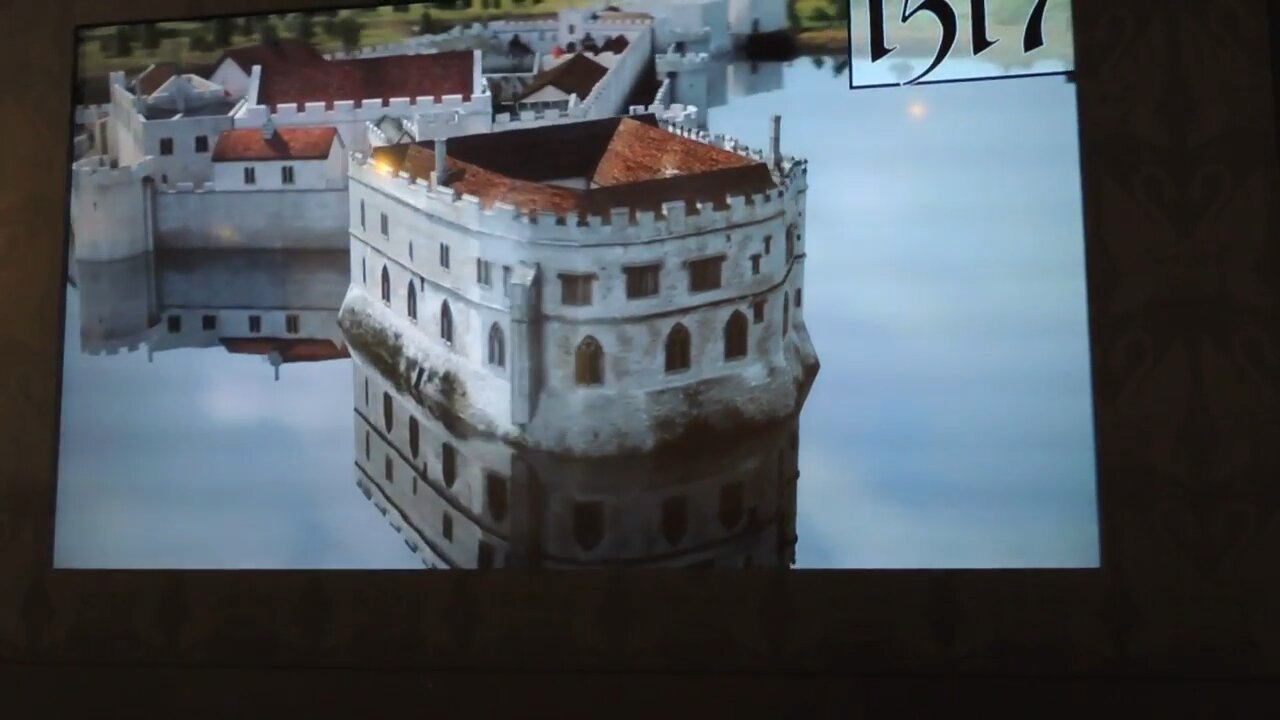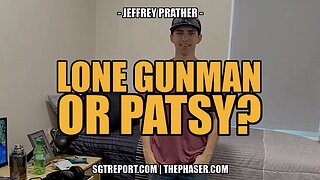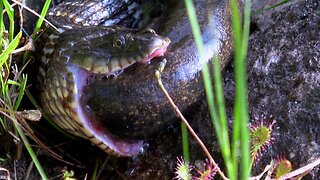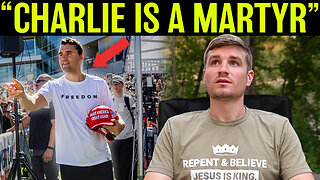Premium Only Content

Construction History Of Leeds Castle
From 857, the site was owned by a Saxon chief called Led or Leed who built a wooden structure on two islands in the middle of the River Len.[1] In 1119, Robert de Crevecoeur rebuilt it in stone as a Norman stronghold and Leeds Castle descended through the de Crevecoeur family until the 1260s.[3] What form this Norman stronghold took is uncertain because it was rebuilt and transformed in the following centuries. Adrian Pettifer speculates that it may have been a motte and bailey.[4]
In 1278, the castle was bought by King Edward I's Queen, Eleanor of Castile. As a favoured residence of Edward's, it saw considerable investment. The king enhanced its defences, and it was probably Edward who created the lake that surrounds the castle. A barbican spanning three islands was also built and a gloriette with apartments for the king and queen was added.[2] In the Late Middle Ages, the growth of the royal household meant fewer residences could accommodate the monarchy when they visited. As a result, expenditure on royal residences in south east England generally decreased except for the Tower of London and Windsor Castle. The activity at Leeds Castle during the reign of Edward I was a notable exception to this pattern.[5]
The castle was captured on 31 October 1321 by the forces of Edward II from Margaret de Clare, Baroness Badlesmere, wife of the castle's constable, Bartholomew de Badlesmere, 1st Baron Badlesmere, who had left her in charge during his absence. The King had besieged Leeds after she had refused Edward's consort Isabella of France admittance in her husband's absence; when the latter sought to force an entry, Lady Badlesmere instructed her archers to shoot at Isabella and her party, six of whom were
The St Leger family continued to own the castle until Sir Warham St Leger sold it to Sir Richard Smythe in 1618.[10]
The castle escaped destruction during the English Civil War because its owner, Sir Cheney Culpeper, sided with the Parliamentarians.[11] The castle was used as both an arsenal and a prison during the war. Other members of the Culpeper family had sided with the Royalists, John Colepeper, 1st Baron Colepeper, having been granted more than 5,000,000 acres (20,000 km2) of land in Virginia in reward for assisting the escape of the king's son, Charles, the Prince of Wales.[12] This legacy was to prove vital for the castle's fortunes.
Thomas Fairfax, 6th Lord Fairfax of Cameron was born at the castle in 1693 and settled in North America to oversee the Culpeper estates, cementing an ongoing connection between the castle and America. There is a commemorative sundial at the castle telling the time in Belvoir, Virginia and a corresponding sundial in America.[12] Fairfax was the great-grandson of Thomas Fairfax who led the parliamentarian attack at the nearby Battle of Maidstone in 1648 and whose doublet worn during the battle is on display.
-
 8:15
8:15
Sideserf Cake Studio
1 hour agoA Hyperrealistic TAKIS Cake?
2.74K1 -
 55:49
55:49
SGT Report
13 hours agoFAKED TRAGEDY, LONE GUNMAN OR PATSY? -- Jeffrey Prather
19.4K102 -
 9:30
9:30
Adam Does Movies
12 hours ago $0.08 earnedThe Long Walk - Movie Review
2.25K -
 2:28
2:28
WildCreatures
14 days ago $0.30 earnedNature's struggle for survival: Water snake devours mudpuppy
4.23K2 -
 1:07
1:07
Memology 101
13 hours ago $0.13 earnedEric Swallowswell compares January 6th to 9/11 and Pearl Harbor
2.6K12 -
 24:21
24:21
Uncommon Sense In Current Times
18 hours ago $10.66 earnedA Revolution of Virtue | Charlie Kirk on Beating the Woke, Faith & Saving the West
35.4K27 -
 33:17
33:17
Homesteading Family
3 hours agoThe End of The Pantry Chat
23.6K8 -
 18:42
18:42
Nicholas Bowling
17 hours ago $5.66 earnedCharlie Kirk Martyred – A Christian's Response
33.3K34 -
 11:34
11:34
The Kevin Trudeau Show Limitless
3 days agoClassified File 4 | The Hidden Science of Brain Control REVEALED!
69.2K16 -
 2:17:41
2:17:41
Side Scrollers Podcast
1 day agoCharlie Kirk’s Assassin in Custody + Asmongold Declares War + More | Side Scrollers
54.4K99